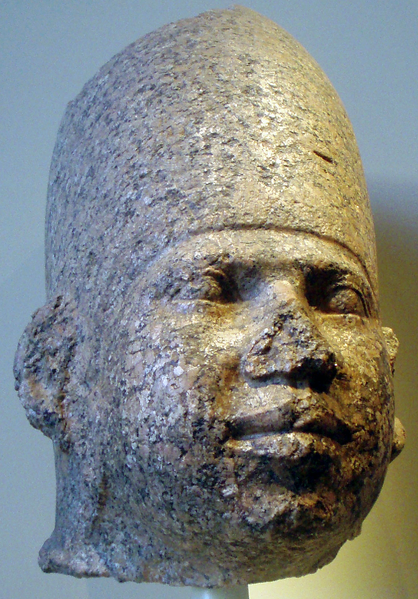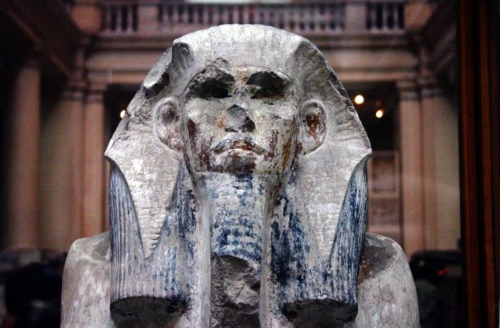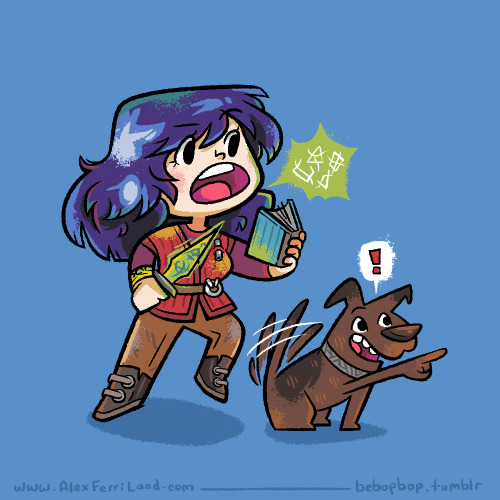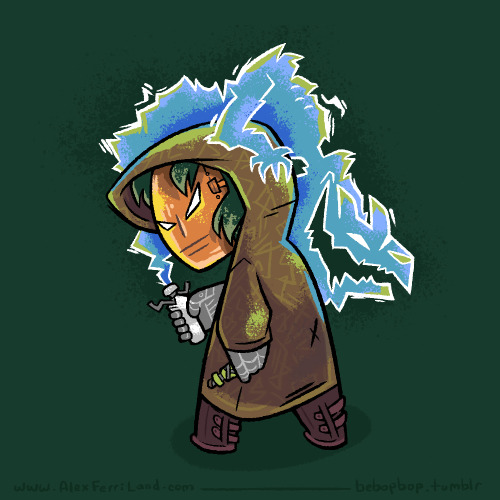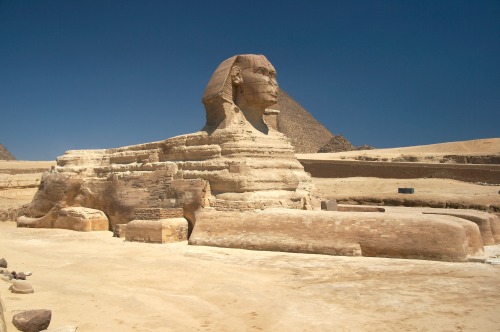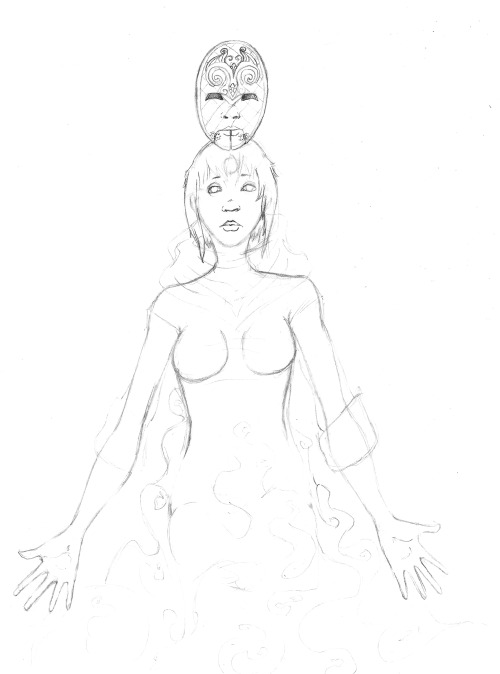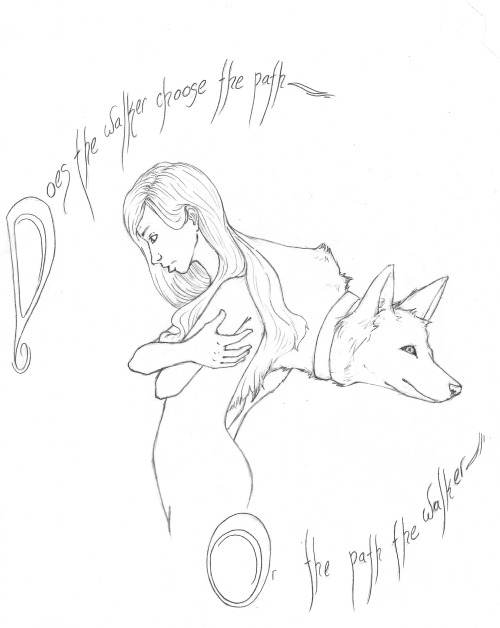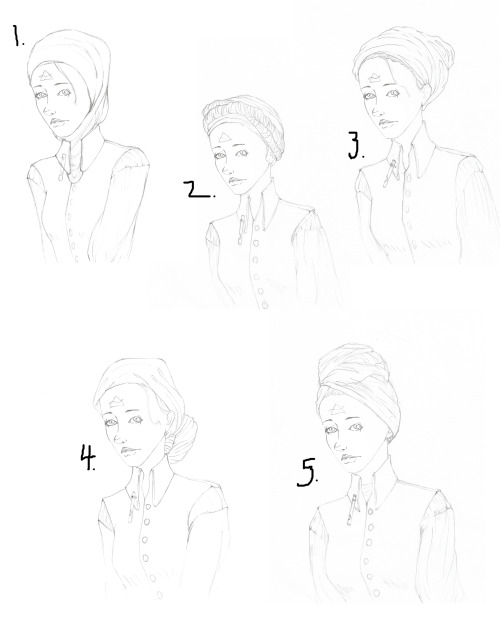#old kingdom
STRONG MEDICINES AGAINST STUPID PRIDE, 15, 26/30
Samuel Gerrera, Northern Perimeter Reconnaissance Unit, sees the world beyond the Wall - for better and for worse.
“And this isn’t public knowledge because?” Filris enquired, catching both of them in a very pointed stare. “Galen told the Voice of the Nine Day Watch that this was a matter of preserving the integrity of the southern border by cooperating with Ancelstierre.”
Samuel snorted involuntarily. Raddus had a point about Galen being very good at proffering acceptable lies to officers.
“The risk to all three of us,” Lyra said. “Several people have tried to kill Galen and Jyn, I’ve been followed, there have been a few possible attempts - and the Wall isn’t exactly safe.”
Filris’ eyes moved to Samuel.
“I’d be lined up against a wall and shot as a spy,” Samuel said baldly. Lyra flinched, and he reached for her hand; she took his and squeezed it very tightly. “Look, ma’am, the army can’t find out I’m married. And I wouldn’t mind the Kingdom knowing, but I can’t bring carnage down on my men just because someone wants to get at Galen through me. I’d come home, but I swore oaths. There are men counting on me.”
“Hmm,” Filris said, and stared through the pair of them for a while. Then she smiled very slightly, and said: “Very well. I will treat this as privileged information. And I won’t contradict Galen’s outrageous fibs.”
Huni was an ancient Egyptian king and last pharaoh of the 3rd dynasty during the Old Kingdom period. He succeeded Pharaoh Khaba to the throne of Egypt. Following the Turin king list, he is commonly credited with a reign of 24 years, ending c. 2600 BC.
Pic 1 .Pink granite head attributed to Huni, Brooklyn Museum
Post link
Djoser was an ancient Egyptian king(pharaoh) of the 3rd dynasty (approx. 2668 BC). The third Dynasty marks the beginning of the Old Kingdom , which has also been called “The Age of the Pyramids”. This pharoah commissioned the first Pyramid in ancient Egypt “The Step Pyramid” constructed by his chief architect and scribe Imhotep.
Pic 1. Limestone statue of Djoser, Egyptian Museum in Cairo
Post link
QueenNefertari playing Senet, 19th Dynasty
Senet is one of the oldest known board games. It has been found in Predynastic and First Dynasty burials of ancient Egypt, between 3500 BC and 3100 BC.. It was one of the most popular games of Egypt
Post link
Relief depicting a scribe
Detail of a wall carving from the Mastaba of Akhethotep, who was senior court official during the rules of Djedkare Isesi and Unas. Old Kingdom, 5th Dynasty, ca. 2494-2345 BC. Saqqara Necropolis.
Post link
Just read Terciel & Elinor (by Garth Nix) and was inspired to redraw my previous Old Kingdom folks and add Terciel in! He’s hoping the rain comes down a little harder…
Post link
Ti Watching a Hippopotamus Hunt, Saqqara, Egypt. 2450 BCE. Old Kingdom.
- 4’ high; made of limestone
- depicts a higher member of society - Ti. was an official from the 5th dynasty.
- old kingdom tombs featured narratives on walls for the amusement of the dead
- depicts a scene of daily life, hunting and agriculture. line/texture in the background alludes to the scene taking place in the marshes. the hunt is both literal and metaphorical; symbolic of good versus evil, human versus animal (bad behavior, inferior).
Post link
Seated Scribe, Saqqara, Egypt. 2500 BCE. Old Kingdom.
- measures 1’ 9". made of painted limestone, less important and less expensive. sits on a tile base.
- although not as important as a pharoah, the scribes are still important because they keep track of things. they were central to society.
- most egyptian statues were painted to make them more lifelike.
- stiff body posture communicates the ideal traits of a scribe: alert and intelligent. confidence that he’s taking a good record. emotional restraint.
- humble; sitting on the ground in a sign of humility. lends to a greater sense of naturalism and realism because he doesn’t have an ideal body. idealism is reserved for higher members of society (the royal family).
- a type and not a portrait. representative of a portion of society and a particular occupation, a ‘type’ of scribe.
- although egyptian art doesn’t always necessarily stay in the realm of idealism, it still represents big groups of society.
Post link
Khafre Enthroned, Giza, Egypt. 2520 - 2494 BCE. Old Kingdom.
- measures 5’ 6"
- made of diorite, a very hard stone. the stone was permanent, and the egyptians wanted this image to be around forever. the stone was not native to this part of egypt; it was imported from over 400 miles away. trying to make a comparison of the stone to emulate the qualities of the stone in the figure.
- nearly all rulers depicted in three dimensional sculpture. if the body was destroyed, the ka could reside in the statue.
- majority of similar statues depict pharaoh standing.
- wearing rigid kilt and head dress.
- throne contains stylized papyrus and lion and the foot of the pharaoh.
- horus is sitting behind him, extending his wings in protection.
- ideal body, very youthful. probably not realistic; wanted to portray a particular image of youth. we want our leaders to be attractive, young, and fit. more about an image than true likeness.
- very rigid and state pose, unshakable, steadfast. representative of the egyptian royal canon. the egyptians value tradition over innovation. western culture thrives on innovation and progress bout egyptians wanted to preserve the same. this is the quality egyptians wanted in rules.
Post link
The Great Sphinx, Giza, Egypt. ca. 2520 - 2494 BCE, Old Kingdom.
- measures 65’ x 240’. made of sandstone.
- colossal statue (at least twice of life size, has political significance).
- probably related to the pyramid of Khafre.
- sphinx is a lion with a human head. considered noble, strong. associated with the sun god; power, intelligence, strength.
- how the sphinx lost it’s nose: in 1799, napoleon’s troops landed in egypt, subsequently discovered the rosetta stone. he let his troops do what he wanted, so they used the sphinx as target practice. also contributed to the deterioration of Da Vinci’s Last Supper. napoleon shut down the monasteries because he was at war with the church. used the monasteries to house soldiers. used the hall the Last Supper was in as a horse stable; their urine emitted ammonia that faded the fresco.
Post link
The Great Pyramids, Giza, Egypt. 2551 - 2472 BCE, Old Kingdom.
- Pyramid of Khufu constructed from 2551 - 2528 BCE
- Pyramid of Khafre constructed from 2520 - 2494 BCE
- Pyramids of Menkaure constructed from 2490 - 2472 BCE
- dedicated to Re, god of the sun; supposed to emulate the sun’s rays.
- the Giza pyramid complex is a necropolis, a city of the dead.
- the ka - egypt’s word for the soul. religion is centered around the ideal that the ka went to the afterlife after the body died. this is why they developed the process of mummification; it was especially important that members of the royal family and nobility were preserved.
- pharaohs built huge complexes with their great wealth. this particular complex displays knowledge of mathematics.
- positioned to face the rising sun
- pharaohs buried with tons of riches; believed that when the king’s ka returned to its body, the king needed things.
- surrounded by mastabas, flat buildings/chambers belong to nobles and royal family that was important to the pharaoh.
Post link
Sanar and Ryelle from the Old Kingdom series.
I’ve always absolutely loved the visual idea of the Clayr, dark skin, platinum hair and bright eyes, so this piece was long over due.
Couldnt quickly find any descriptions of Sanar and Ryelle other than their basic Clayr-ness so I just had fun with their hair, I thought the curly would be a bit different.
The charter marks in the background were something I just sketched up at the last minute but I liked the effect.
Post link
Clariel and her mask. Just a rough sketch right now. At the moment I don’t have a physical copy of the book (just an audiobook) and I need to go look and confirm some details before I can finish the lineart here.
Post link
Does the walker choose the path…or the path the walker.
Lirael and the Disreputable Dog. I just finished reading Clariel not too long ago and have since then been rereading the rest of the series.
Just a sketch right now, but I’m excited to start coloring this one. I’ve not drawn a lot of animals so I had a lot of reference for Dog. She looks very wolfish but that’s what I was going for.
Post link
Trying out some designs for Lirael from the Old Kingdom Series. While living with the Clayr Lirael wears a headscarf to cover her hair since it’s a different color. All that’s really said about the style is that she wears it in the style that some of the older Clayr wear them.
So yeah just wanted to try out some designs. I like three and four more, probably four being my ultimate favorite.
Post link
More Sabriel. This time with Moggot. Just a sketch to test drawing Sabriel again and try out Moggot. I absolutely love Moggot, he’s probably my favorite character in the series. I’m not very practiced in drawing animals so this was a go at drawing a cat.
Post link
First post. I’ve had this one around for a while but just decdied to post it up on here as well.
This is Sabriel walking into death from Garth Nix’s Sabriel. I only just read these books within the last year or so and just absolutely fell in love with them. It’s just an added bonus that Tim Curry reads the audiobooks and it’s so fantastic.
I tried to not take anything from the cover art for the books and just go off of descriptions in the book. I designed the bell bandoleer to be able to be opened from the top or the bottom and the charter marks in her hands were just random ones that I came up with.
I did sadly forgot her sword and I didn’t realise till I was about halfway through coloring her, but otherwise I’m really happy with her.
Post link

#بلادي_الجميلة ❤ #مصر ❤
The pyramids of Giza, Egypt, 1880s, photographed by G. Lékégian & Cie. (New York Public Library)
https://twitter.com/archaeologyart/status/1463521875481538563?t=p8DR5taUzR-Re8h73RiQ5g&s=19

